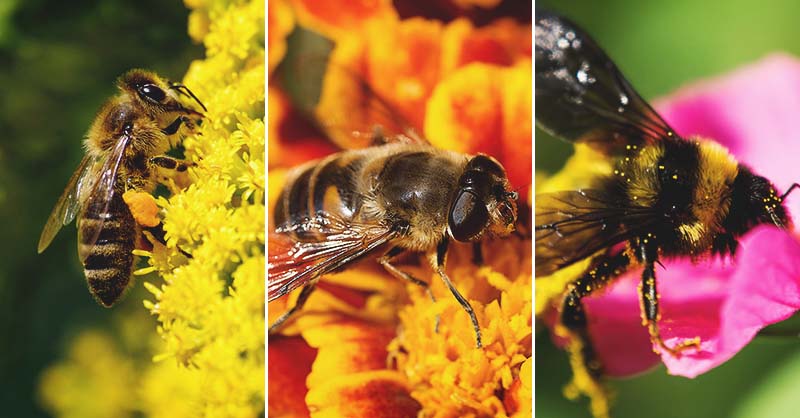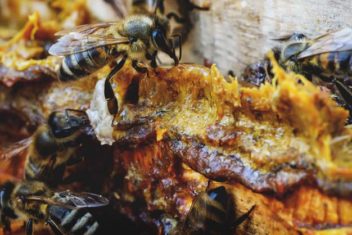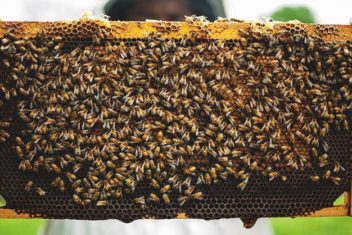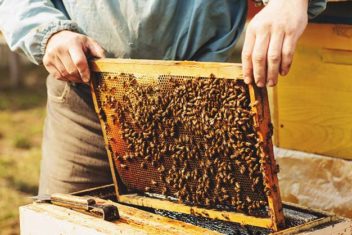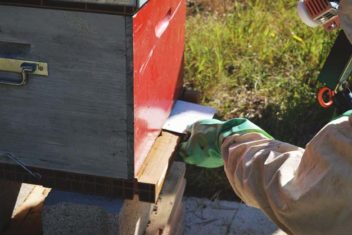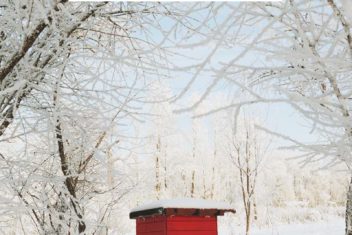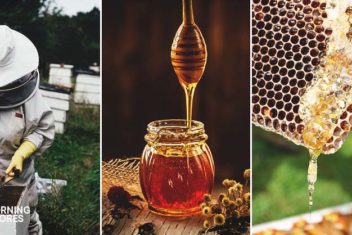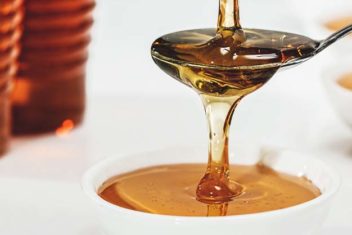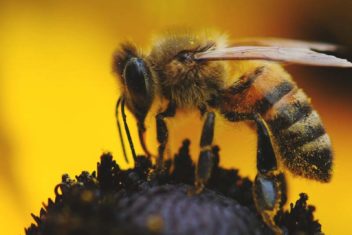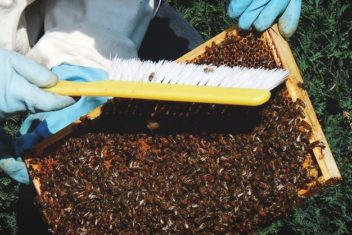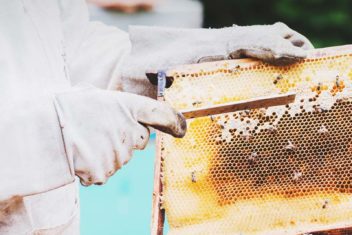It’s easy to think of common honeybees and assume there are only one species to choose from. As a beekeeper, you have more options than you may know. It pays to take a look at some of the different species of domesticated bees and their individual traits.
There are some species of bees that you will find more suitable for your environment and needs. So, how do you know which honeybee is right for you, and how do you obtain them?
Let’s take a look at the most popular common honeybees, their different qualities, and where you can find your next colony.
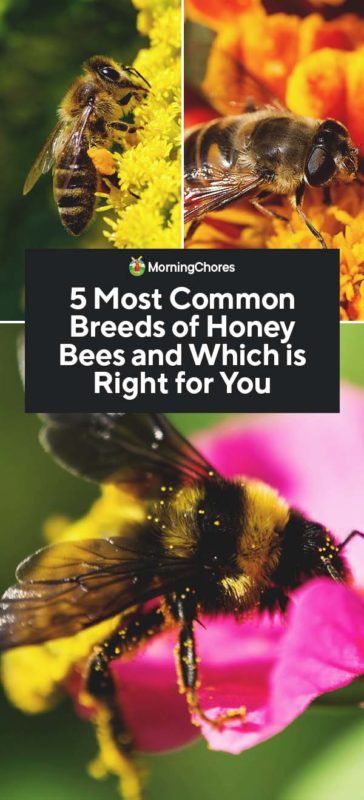
1. Best Bee for New Beekeepers: The Italian Honeybee
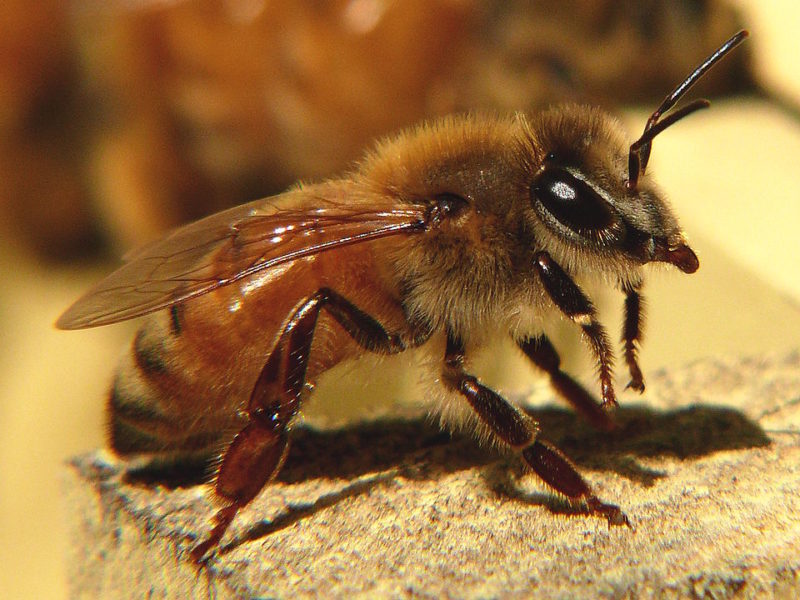
Kicking off the honeybee hotlist is the popular Italian honeybee. This subspecies of the Western honeybee is popular amongst beekeepers due to its docile nature and ability to fill a hive with copious amounts of honey.
The Italian honeybee is an excellent choice for new beekeepers because they are not an aggressive bee. They make a great gateway bee for someone just starting their hive.
Another reason this bee subspecies is perfect for the beginning beekeeper is their disinterest in swarming. It takes a lot for this honeybee to want to leave its hive. This trait also makes it easier to predict a swarm because the signs will be more evident than with other types of bees.
The Italian honeybee isn’t without its fault, unfortunately. The Italian is a bit of a glutton, and they tend to go through their honey stores during winter quite quickly. It is best to have extra honey on hand in case of a shortage in late winter and early spring. Feeding your Italian bee is an integral part of hive management throughout the cold months.
With honey shortages come robbing, and the Italian honeybee is a guilty criminal. If you maintain more than one hive, you should consider employing robbing screens to keep thieves at bay.
While the Italian honeybee doesn’t have a strong urge to swarm, it will swarm if there are problems amongst the hive. A mite infestation, for example, can have devastating effects on an Italian honeybee hive.
Unfortunately, the Italian does not often carry the VSH trait, and if not caught early, an entire colony can succumb to Colony Collapse Disorder.
2. The Best Bee for Combating Varroa Mites: The Russian
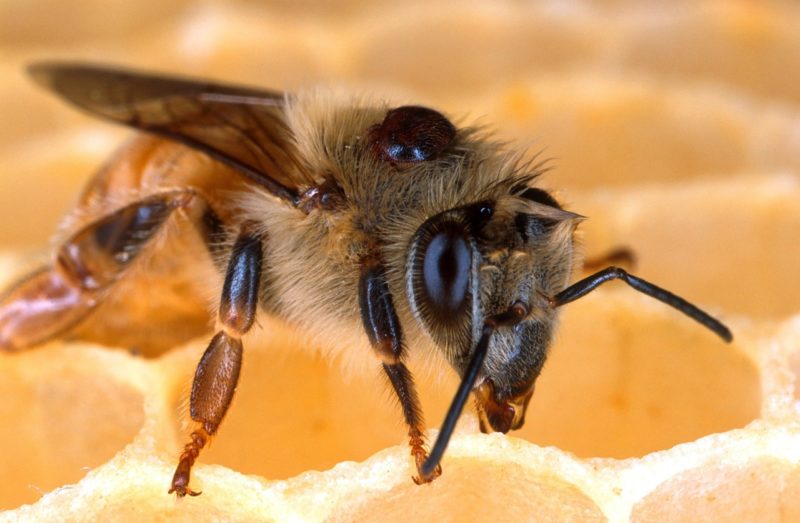
As the name suggests, the Russian honeybee is initially from Russia. These honeybees have a handful of unique traits that make them a desirable common honeybee for keepers. However, they can be challenging to come by in some areas, mainly since they were first imported to the US in the ’90s.
The Russian honeybee has the Varroa Sensitive Hygiene trait, which is a highly sought after attributes in bees. With this trait, common honeybees can fight off varroa mite infestations on their own.
While this species is desirable for the ability to fend for themselves in a mite infestation, they also have a downside. Unlike most common honeybees, the Russian bee maintains an ever-present queen cell. It is as if they always have a backup plan in case something happens to their queen.
While having a queen cell on deck 24/7 may be a good thing for the bees, it does make it hard to determine if a swarm is present. Usually, the presence of queen cells indicates a hive is ready to split. For new beekeepers, this can be a difficult hive to predict.
3. The Best Bee for Intermediate Beekeepers: The Buckfast
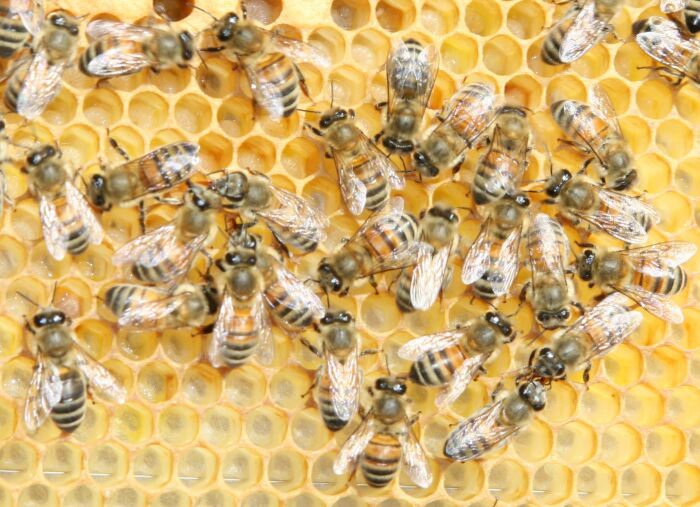
The Buckfast bee is a hybrid that was developed in England to be able to overcome mite infestations. While this breed is very good at its intended purpose, it isn’t for the unsure beekeeper.
This fairly disease-resistant common honeybee is known to be one of the more aggressive bees – both toward humans and other bee colonies. If you cannot tend to your hive regularly, these bees will lose their familiarity with you as their beekeeper and may decide to wage war.
The Buckfast is hard to come by in the US, but some breeders are working on breeding from recent imports.
4. The Best Bee for Cold Climates: The Carniolan
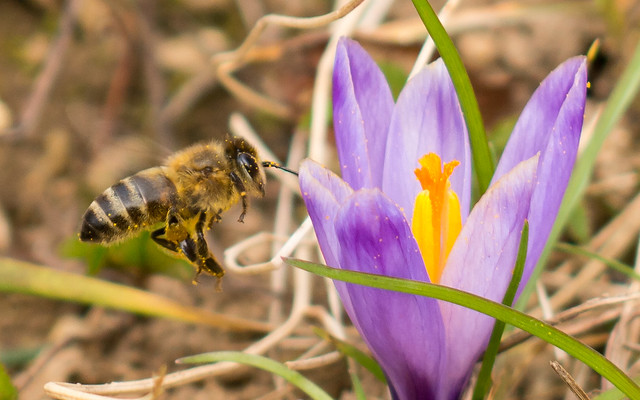
Another favorite among new beekeepers, the Carniolan Honeybee is considered to be among the calmest races of bees. These super-sweet bees are known to tolerate a lot from their beekeepers before they feel like a sting is in order.
There’s a lot to love about the Carniolan bee and a lot of honey! These bees are incredibly active foragers early in the spring, and honey flow is abundant right off the bat. This can help new beekeepers feel a bit more at ease, knowing they will get their fair share of honey, and their beloved bees will have plenty in stores for winter.
As a word of caution: fast honey collection can mean a lack of space for more honey – and bees won’t stop foraging. If your Carniolan bees collect more honey than they have room for early in the year, they may swarm, so be sure to be ready to give them more space if they need it.
This honeybee has one of the longest tongues of all the different species. This means foragers can reach deep down into flowers, making pollination easier.
Lastly, the Carniolan honeybee is a favorite amongst northern climate beekeepers. These little bees are initially from Europe and are aces at withstanding cold winters.
5. The Best Bees for Pollination: The Caucasian
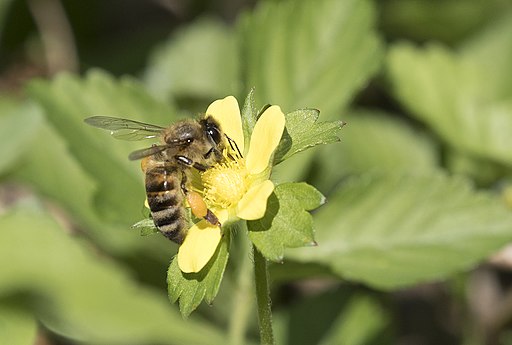
Along with the Carniolan Honeybee, the Caucasian has a long tongue, perfect for intense pollination. Equipped with one of the longest tongues, these busy bees can reach into the deepest of flowers for foraging.
If you are looking for a bee that can assist your local birds and bees in pollination efforts, the Caucasian is an excellent choice.
Different species of common honeybees are perfect for different situations, climates, and levels of beekeeper expertise. There’s a lot of bees to chose from, but not all are readily available for purchase in every country.
It’s also important to note that if you start with a specific species or subspecies of bee, crossbreeding can occur naturally, and the hive you started with a few years earlier may evolve into a completely different colony. Because of this, it’s essential to understand the behaviors of the more prominent bees in your locale.
